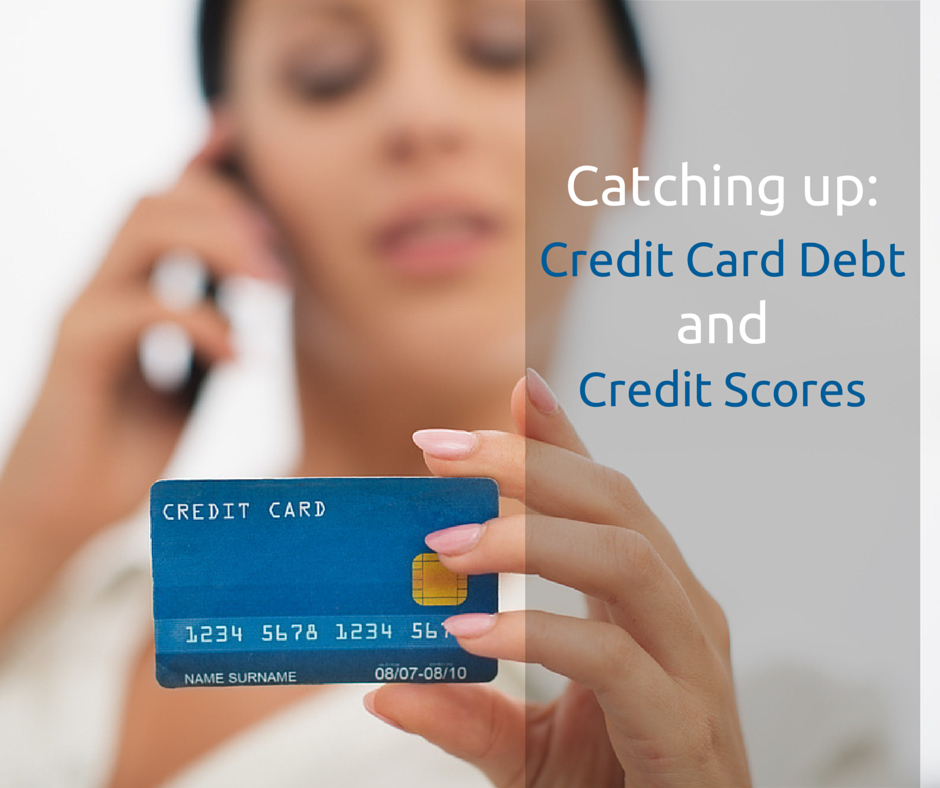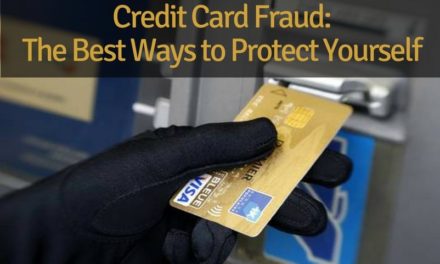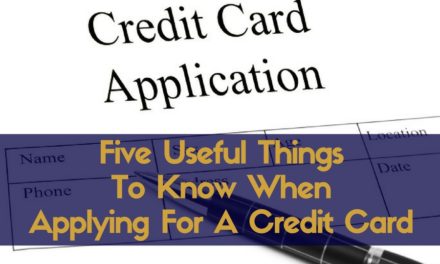Here’s a scary little tidbit for you. In 2018, the average credit card debt in America stands at $15,252. That is an average, of course. The average household carrying debt on their cards owes $7,115. This implies that about half of all households are carrying credit card debt, some perhaps as little as $1000, and other perhaps as much as $30,000.
This article is for the benefit of those households that are carrying credit card debt, whether that debt is $1000 or $30,000. In the next two minutes, I will give you six ways to reduce the interest you pay on your credit card.
1. Pay off the debt. This is such a no-brainer, and probably too obvious, so let’s cover it off right away.
The minute the debt is paid off, you stop paying interest on it. You can save hundreds or even thousands of dollars each year simply by paying down your debt.
The rest of the advice below is for those who either can’t or don’t want to pay off their credit card debt right away.
2. Get smart. We live in the information age, where information is power.
Do some research to find out what current interest rates are for credit cards. You might be surprised at what you will find. Compare the interest rate on your credit card statement with those posted online. How does yours measure up?
Ask for a free credit report, which you are entitled to by law. Read this over very carefully.
3. Fix your credit. This is tricky. If there is anything in your credit report that looks bad, that lowers your rating, you need to get it changed if at all possible.
The first step is to double check for accuracy. Often there are errors.
Often there are outstanding debts added to credit reports, but not removed when the debt was paid.
The second step is to correct your own behavior in areas that are marked as problematic. This could take more time.

4. Call your credit card company. Now that you have this information, call them up and ask for a better rate.
The key is to make it clear that you are aware of what rates are available on the market, that you want those rates, but that your first preference is to remain with the bank that has been serving you so well over the years.
In other words, make it clear that you are a loyal customer who doesn’t want to be taken for granted and is worth fighting for
I made the call. The first person told me that she could not help me. If at first you don’t succeed, ask again. I asked to speak to someone who could.
Her superior told me that he couldn’t. So I asked once more to speak to someone who could.
This time the lady gave me some options.
I would have to give up my rewards, but my interest rate would go down significantly. I weighed the options and calculated the value of rewards against the amount I would be saving on interest.
It was a no-brainer. I took their offer.
Yes it is nice to have credit cards that offer rewards, but when you carry an on-going balance on your credit card it is more important to find ways to pay that off quickly. By getting a new credit card with a lower interest rate and no reward program, more of your monthly payment will go towards paying down that outstanding balance.
Once your credit cards are all paid in full you can decide if getting your reward cards back is something you want to do.
5. Shop around. If you can’t get satisfaction from your credit card company, shop for a new one.
There are plenty of offers available, notes Chris Mettler of CompareCards.com, a company that helps you comparison shop for credit cards based on rates, rewards and other features. “The variety of credit cards and the diversity of features today is incredible.
With so many low-interest credit cards available, there is no reason for someone to sit at home steaming over unfair interest rates. We can help.”
6. Consider a balance transfer card. There are specific balance transfer cards that offer rock-bottom interest rates – sometimes even at zero percent – for a period of six to eighteen months.
This gives you time to at least reduce your balance, especially if you take all the money you would have been paying on interest charges and apply it directly to paying off the balance.
Then, when the regular interest rate kicks in, it will be on a smaller amount, so your costs will be smaller, too.
Lowering your interest costs is about empowerment. Your money is your life energy, and there is no reason to give more of it than necessary to the banks. They already have enough; you need it more. So take these steps to empower your finances today.





